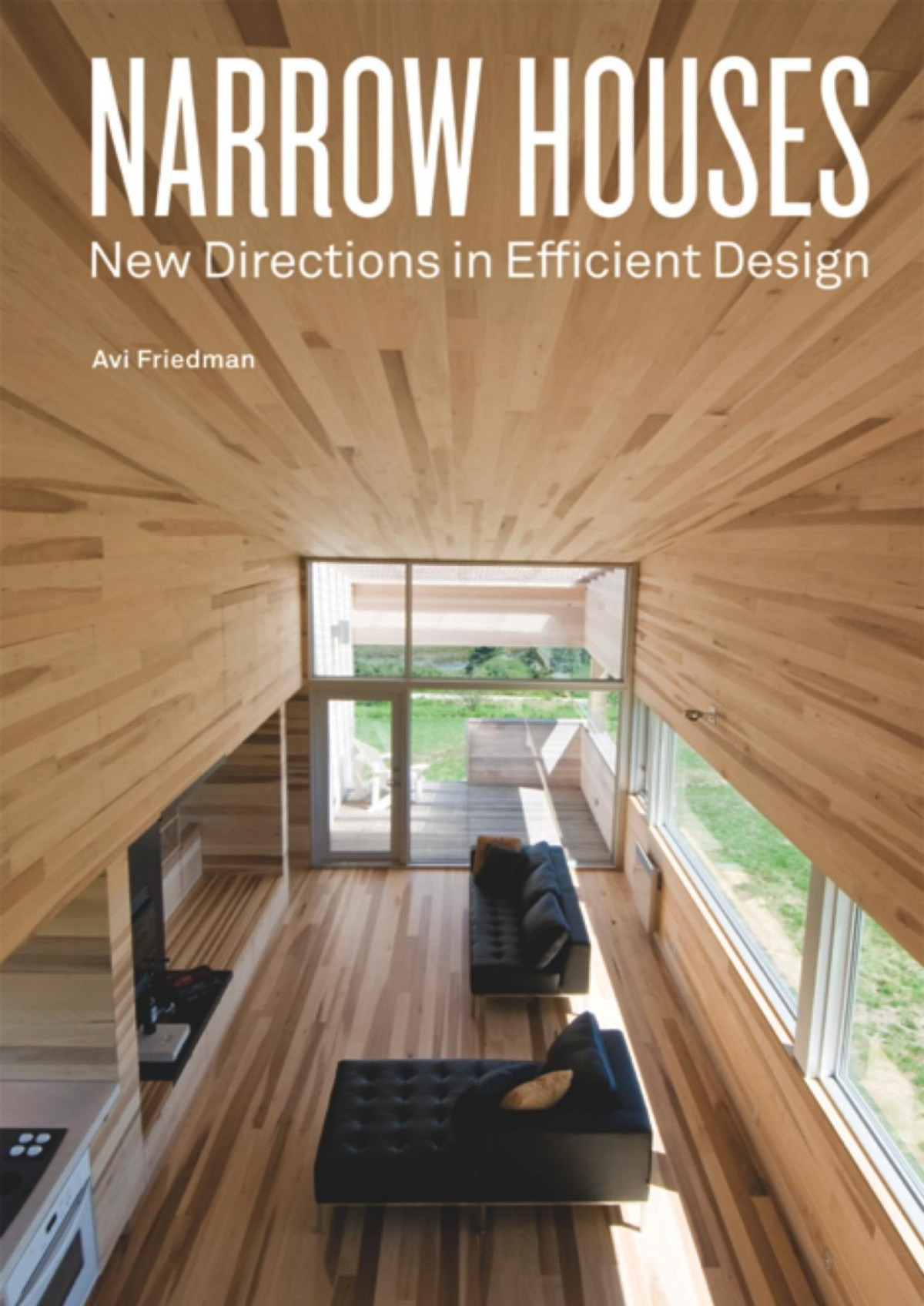

Most ebook files are in PDF format, so you can easily read them using various software such as Foxit Reader or directly on the Google Chrome browser.
Some ebook files are released by publishers in other formats such as .awz, .mobi, .epub, .fb2, etc. You may need to install specific software to read these formats on mobile/PC, such as Calibre.
Please read the tutorial at this link: https://ebookbell.com/faq
We offer FREE conversion to the popular formats you request; however, this may take some time. Therefore, right after payment, please email us, and we will try to provide the service as quickly as possible.
For some exceptional file formats or broken links (if any), please refrain from opening any disputes. Instead, email us first, and we will try to assist within a maximum of 6 hours.
EbookBell Team

4.8
44 reviewsSince the beginning of the housing boom of the 1950s, the size of the average North American house has steadily grown while the size of the average family has decreased. Today, a growing number of homebuyers seeking smaller, more efficient residential designs are rediscovering a centuries old housing prototype: the narrow house.
Measuring twenty-five-feet wide or less, these "infill" or "skinny" houses, as they are often called, are on the rise in cities and suburbs around the world. The benefits of building small and narrow are numerous: greater land-use efficiency, less building material, fewer infrastructure costs, lower utility bills, and flexible layouts. This building type creates environmentally sensible houses that allow homeowners to live within their means.
Narrow Houses presents a thorough overview of the practical considerations of designing a narrow-front home, including siting, floor arrangements, footprint, and interior and exterior finishing. The book documents twenty-eight innovative examples of narrow houses from around the world designed by today's foremost architects. Project data including floor plans and extensive interior and exterior photography demonstrate the inherent flexibility of this housing model and the many possibilities for adapting these homes to the constraints of site, climate, budget, family size, and other needs.